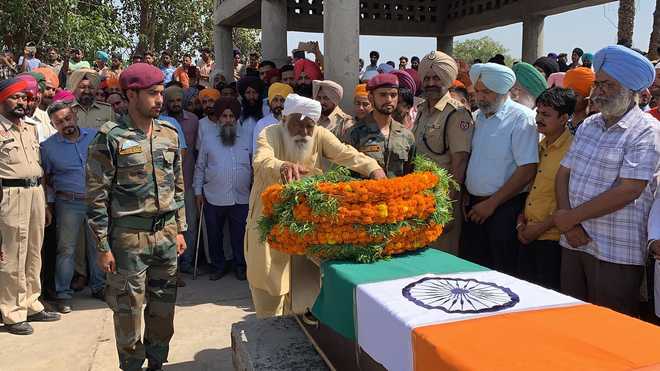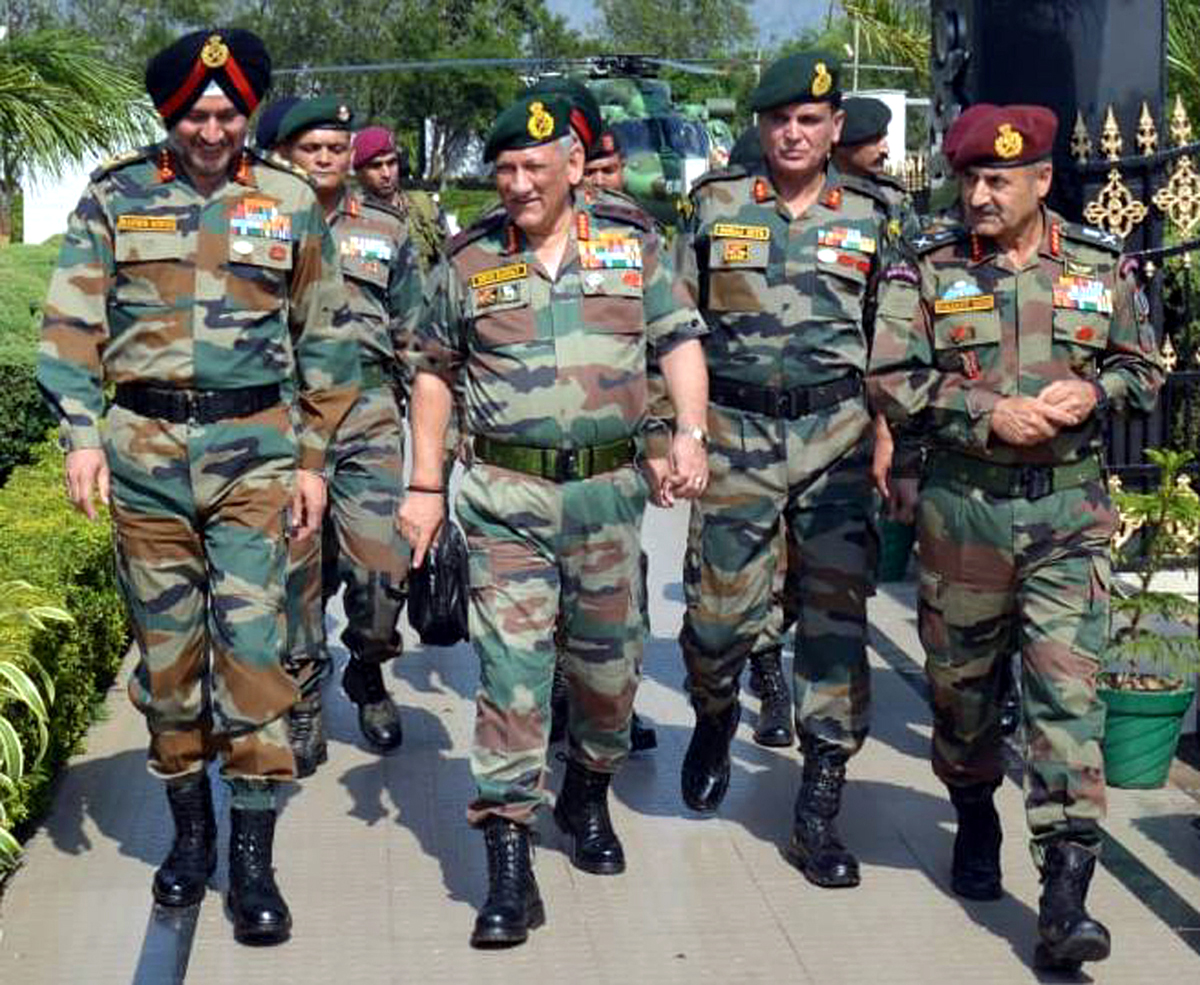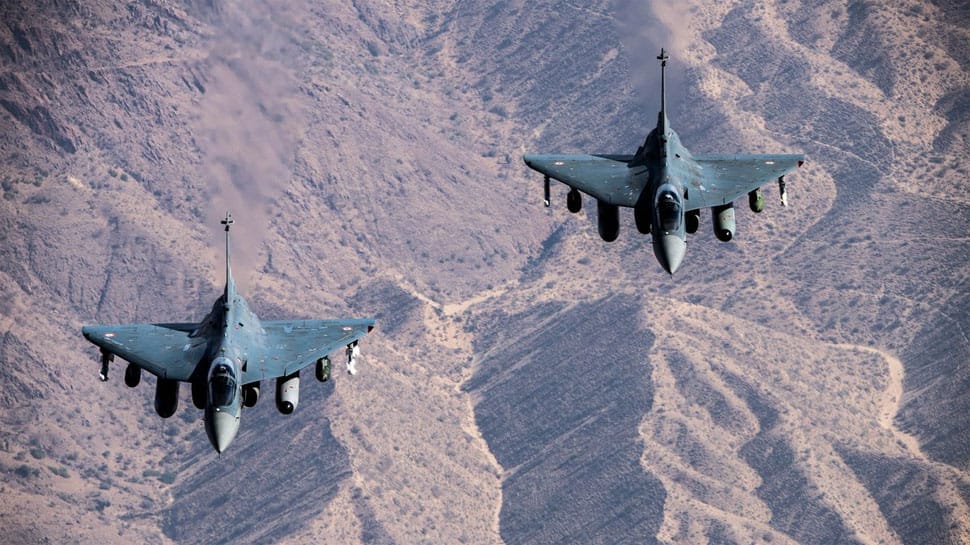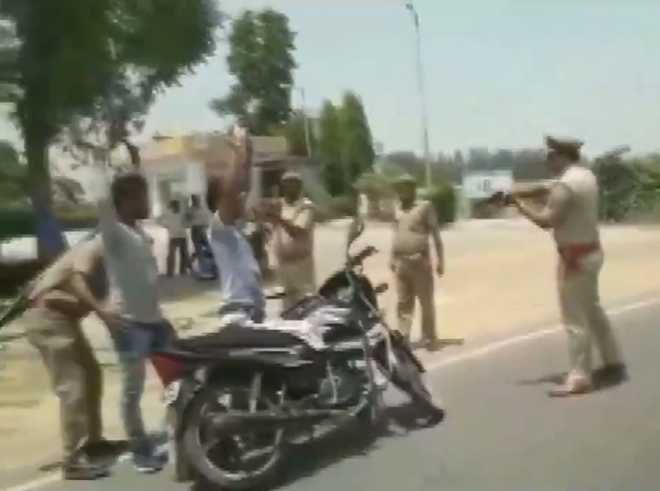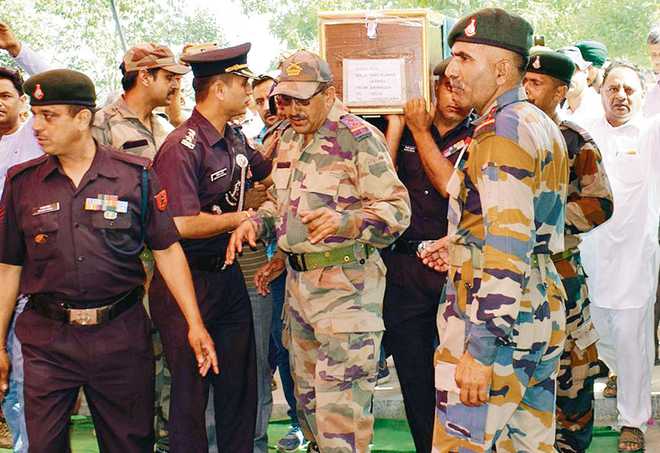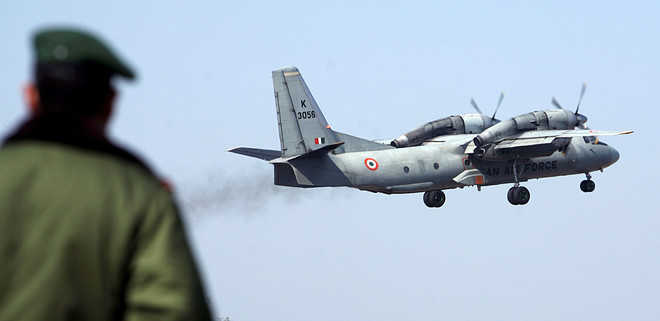
Lt Gen Baljit Singh (retd)
The skin prickles with a sudden rash of goose bumps, the heart pounds in the ears above the roar of engines straining to terminate the flight on the constricted, ad-hoc landing strip and when the aircraft comes to a juddering halt (momentarily in an exaggerated nose-down tail-up profile), one’s body is drenched in a shower of cold sweat; an indelible experience of every landing on the Advanced Landing Ground (ALG) at Mechuka. Anyone on the passenger flight who may hold a contrary view ‘is either a liar or a Gorkha’ — borrowing from Field Marshal Manekshaw’s inimitable exposition on the instinct of fear in battle.
But why in the first place go to Mechuka? Well, even though India and China had emerged as sibling republics, within days of the proclamation of the People’s Republic of China in 1949, the restive PLA first flexed its muscles to ignite war on the Korean Peninsula, and once Gen McArthur prevailed successfully, the PLA switched focus to annex Tibet. So, what for aeons had been the acknowledged as an open Indo-Tibet boundary was to metamorphose by 1954 into a bitterly disputed Sino-India border.
It was against this despondent backdrop that the policy of ‘showing the flag’ along our northern border was put in place, which in the extreme Northeastern segment translated into posts at Mechuka, Longju and Kibithoo, separated from one another by almost inaccessible terrain. As recent as 1987, it took soldiers marching from Sadia 12 to 16 arduous days to reach Mechuka.
Of course, none of these isolated posts sited on express security purposes would have been viable, but for the highly motivated and skilled crew of the IAF who manoeuvred their magnificent flying machines through highly challenging ground and aerial environment with aplomb. Even though the ALG at Mechuka is about 800 metres, its 30-km proximity to the Sino-Indian border and dominant mountaintops, inhibit pilots from making a circuit to descend and ease on the throttle. Nearing the middle of the strip, the aircraft ‘drops’ down with a thud in the hope that the brakes would hold fast!
My friend Air Marshal KC Cariappa (retd) confirms that it was a scary last 20 minutes to approach the Mechuka bowl. The valley was very narrow, steep and thickly wooded. ‘Whenever we flew in it was with a prayer that the engine and a/c would be ok….’
The takeoff is another magnificent experience, and at the same time, somewhat chilling. There is no apprehension of air violation of the international border, but uncomfortably close to the southern tip of the ALG is the looming wooded mountaintop. The takeoff is weirdly dramatic; as the engines of the aircraft in its stationery mode are revved to full throttle to develop maximum thrust, the AN 32 literally starts bucking upon the ALG like an unbroken rodeo horse, and on climaxing it zooms forward like a shooting star, lifting above the mountaintop within kissing distance of its treetops!















